Your cart is currently empty!
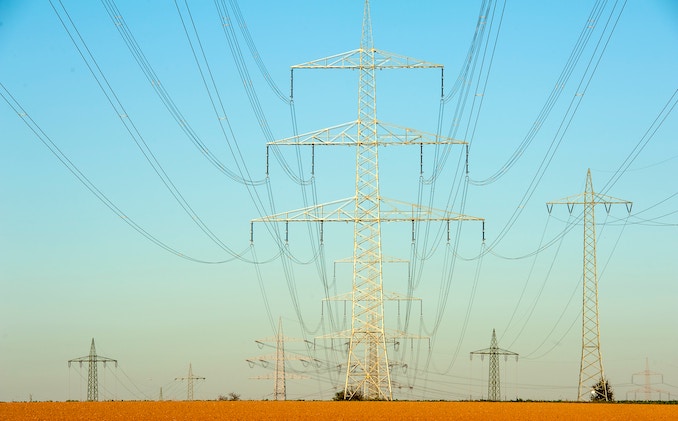
A Short Preview:
“Let’s talk about how to redesign the system so we don’t have to debate about climate change. Just remember that every single thing the racketeers say about climate change, and everything they say they’re doing in response, is a lie.”
~ Charlie Stephens
By Catherine Austin Fitts
In August, the Solari Report published two interviews with independent energy consultant and systems engineer Charlie Stephens that were among our most popular offerings of 2023. Our subscribers’ enthusiastic response shows that many of us are hungry for actionable intelligence about energy.
As we saw in Parts I and II, many “rackets” profit from our current, highly wasteful energy model. The racketeers are now trying to consolidate their technocratic control over energy. Though the challenges posed by central control may seem daunting, there is much we can do—at the household, neighborhood, and community levels—to become more energy-resilient. Finding ways to evolve our relationship with energy, becoming more self-sufficient and productive, will be an important task in the months and years ahead.
Our Part III discussion focuses on some of the practical solutions available. Join us for what promises to be another stimulating conversation about energy!
Money & Markets:
In Money & Markets this week, John Titus and I will cover the latest events and continue to discuss the financial and geopolitical trends Solari is tracking in 2023—and the pushback rocking and rolling us around the globe. Post questions at the Money & Markets commentary here.
Related Solari Reports:
A 21st-Century Approach to Energy with Charlie Stephens, Part I and Part II
Related Resources:
Read This: Before You Design, Build or Renovate (Building Science.com Corporation)
Healthy and Affordable Housing: Practical Recommendations for Building, Renovating and Maintaining Housing (Building America)
Building America Tools and Resources
Building America Climate-Specific Guidance
Home Improvement Expert (Pacific Northwest National Lab)
Building Science Advisor (for architects, designers, contractors, and builders)
50 Comments
Comments are closed.


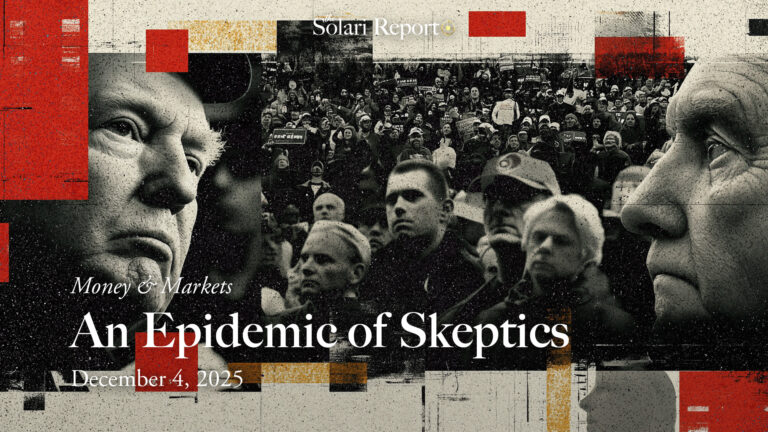
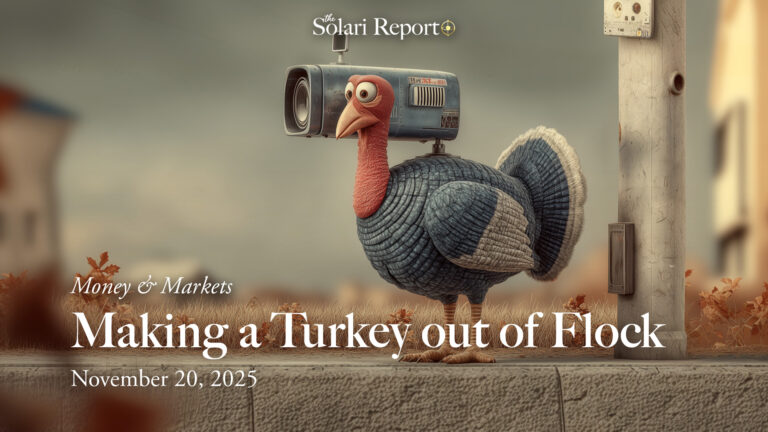


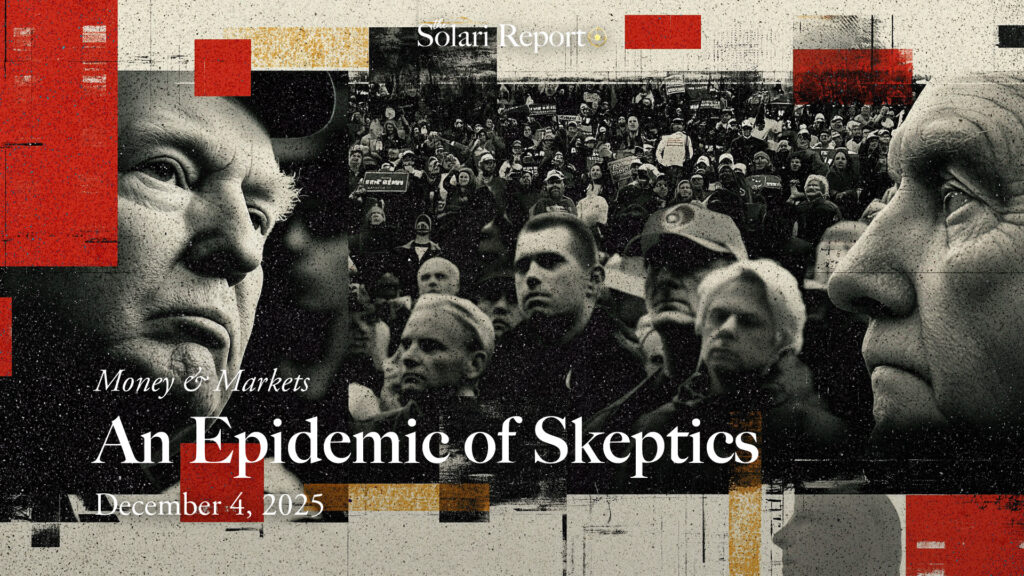
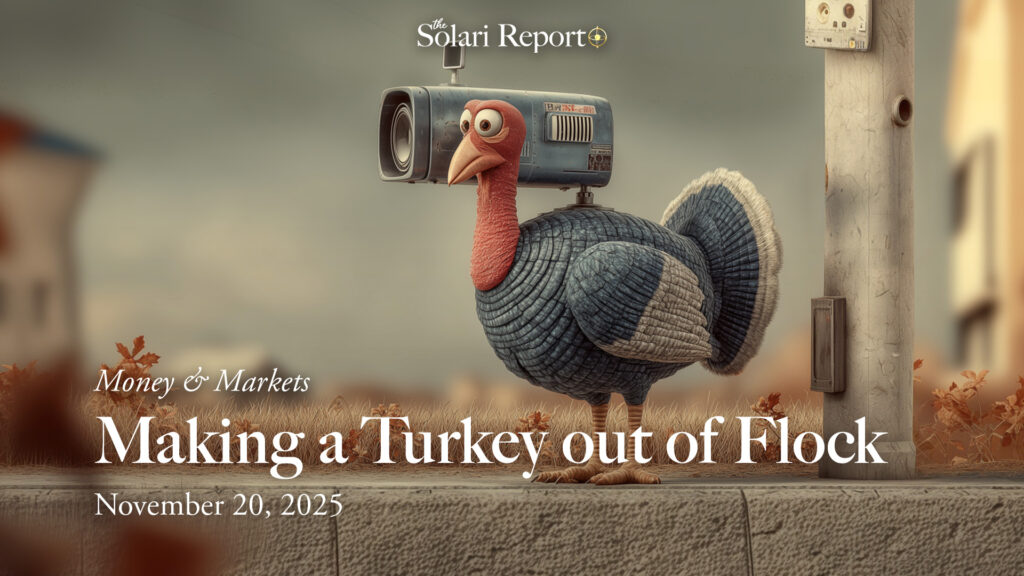
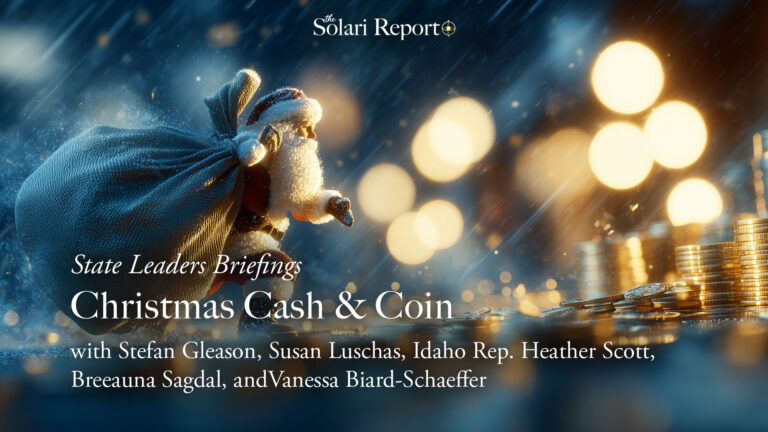

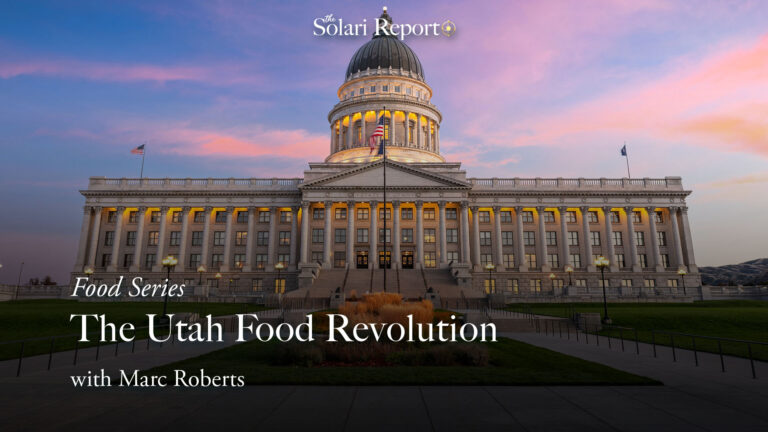
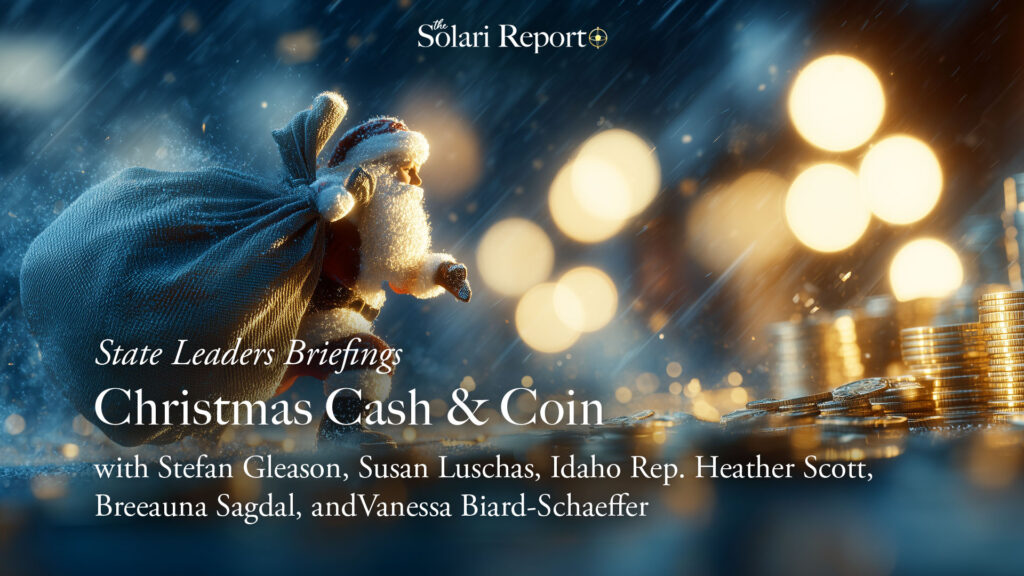

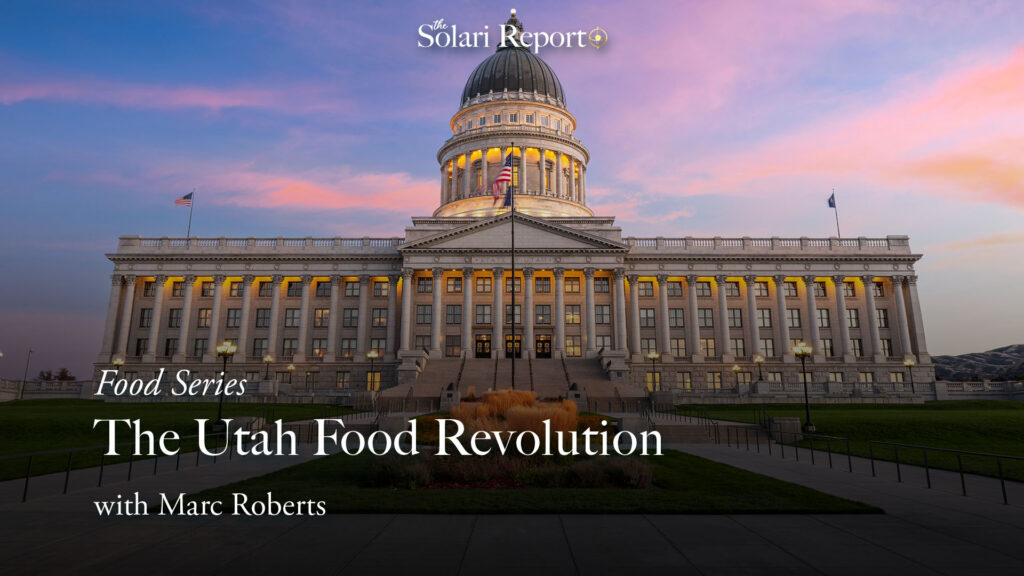

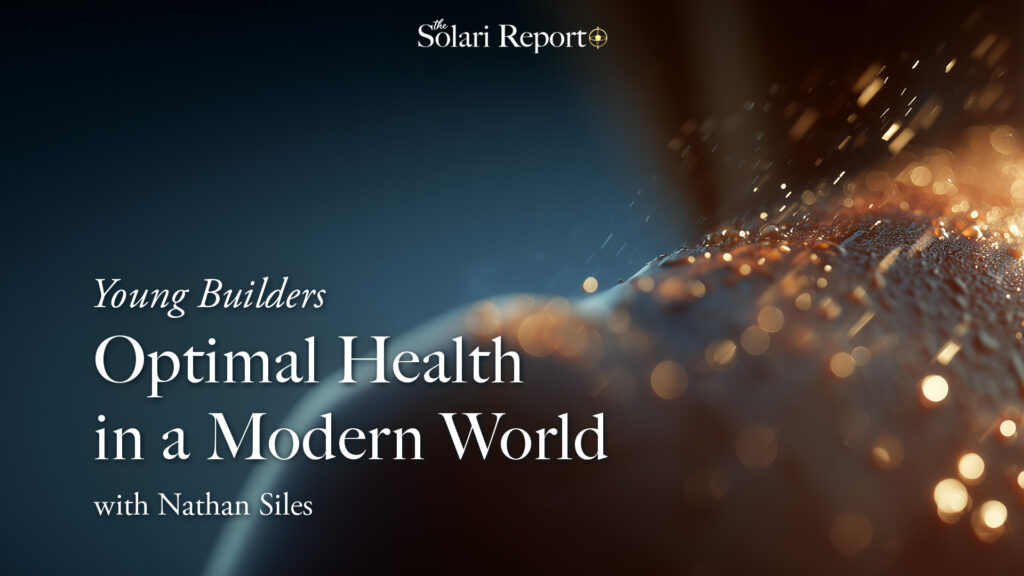
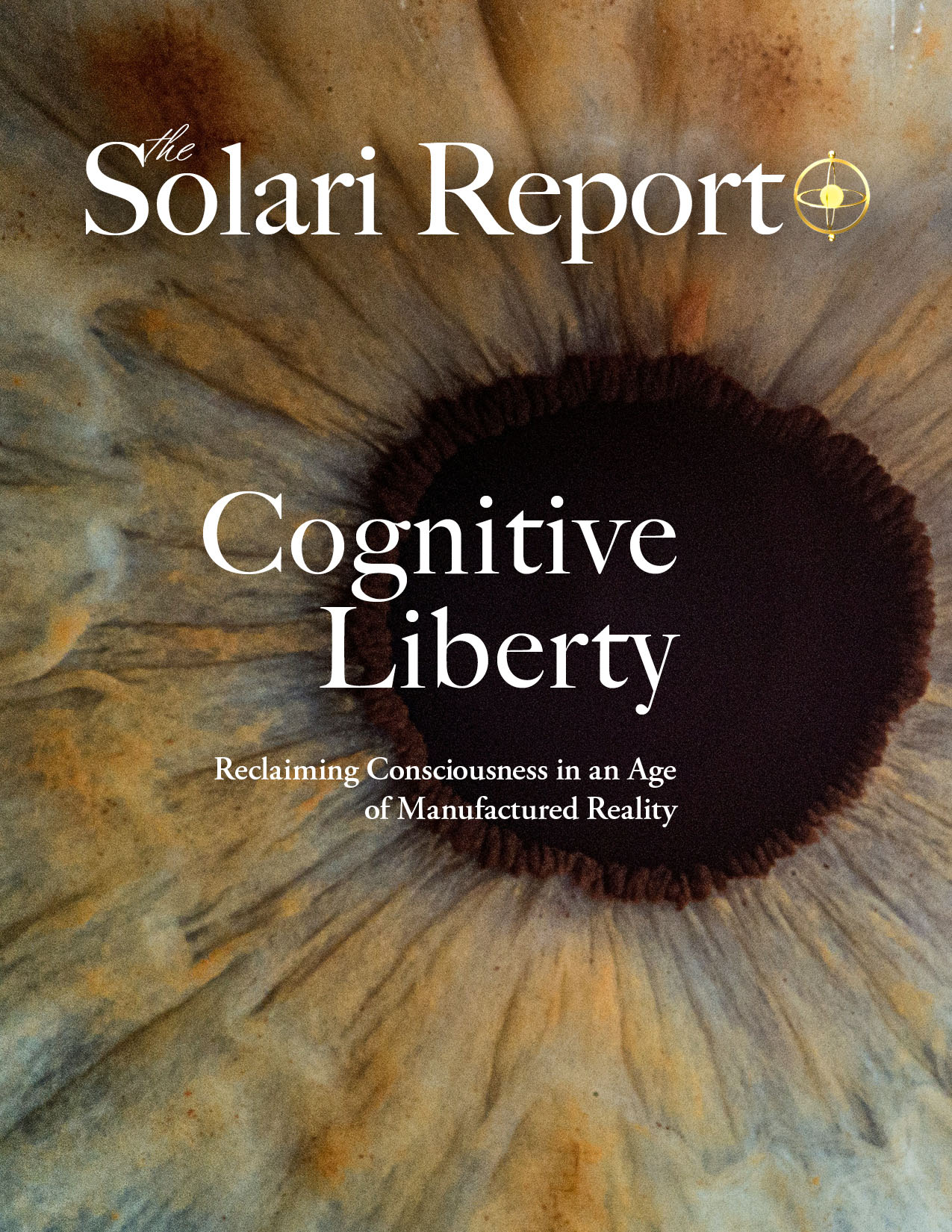





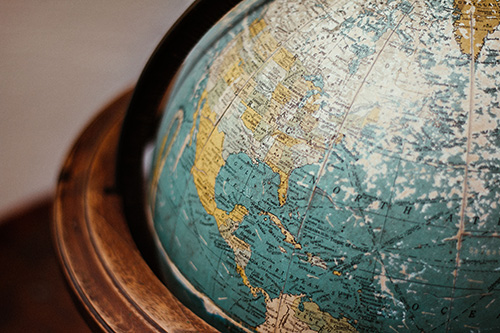





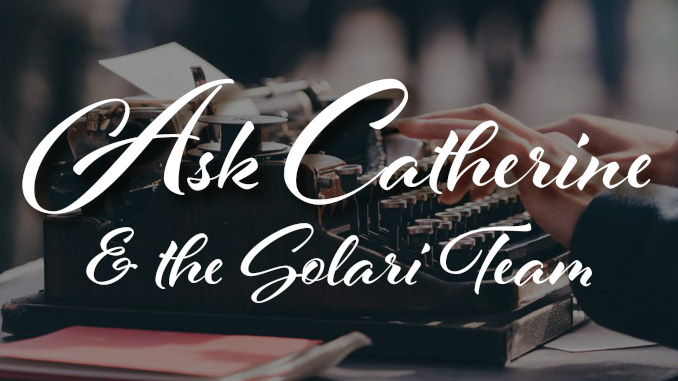


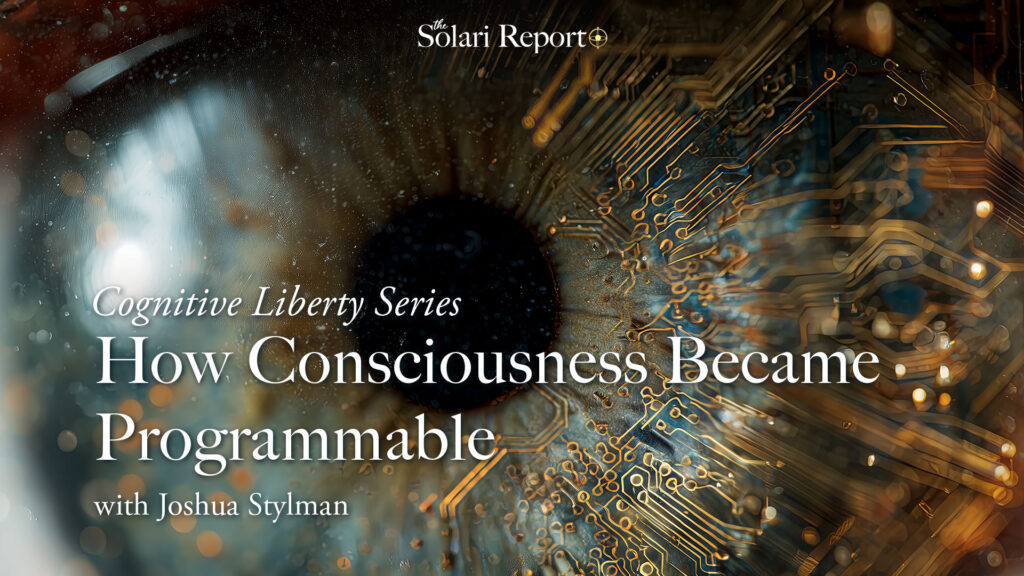
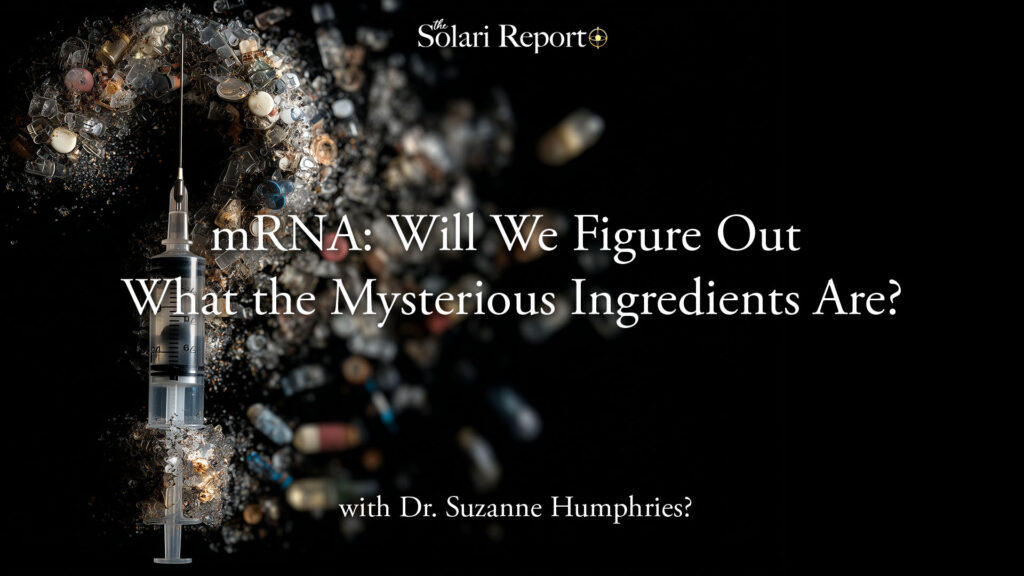

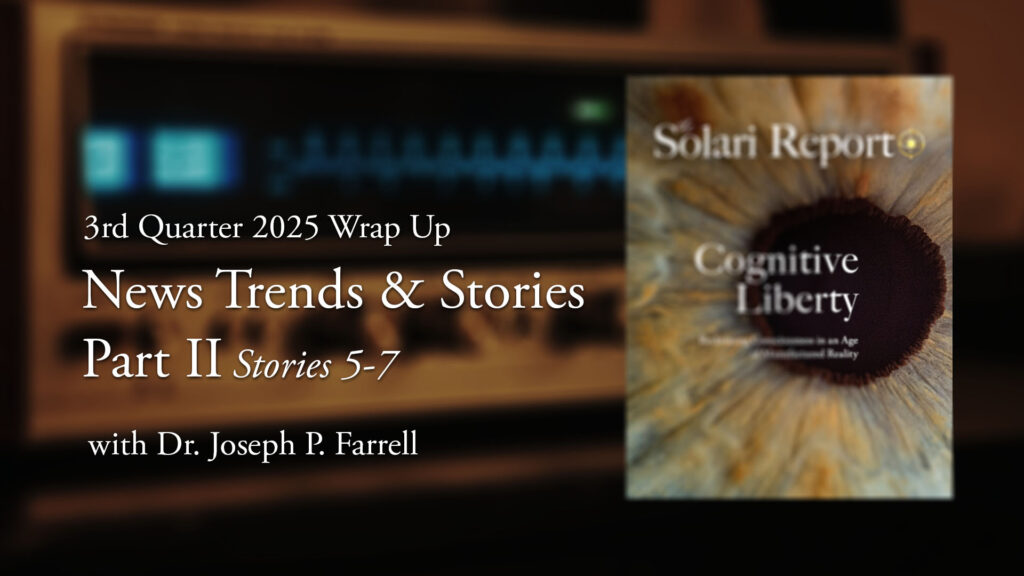
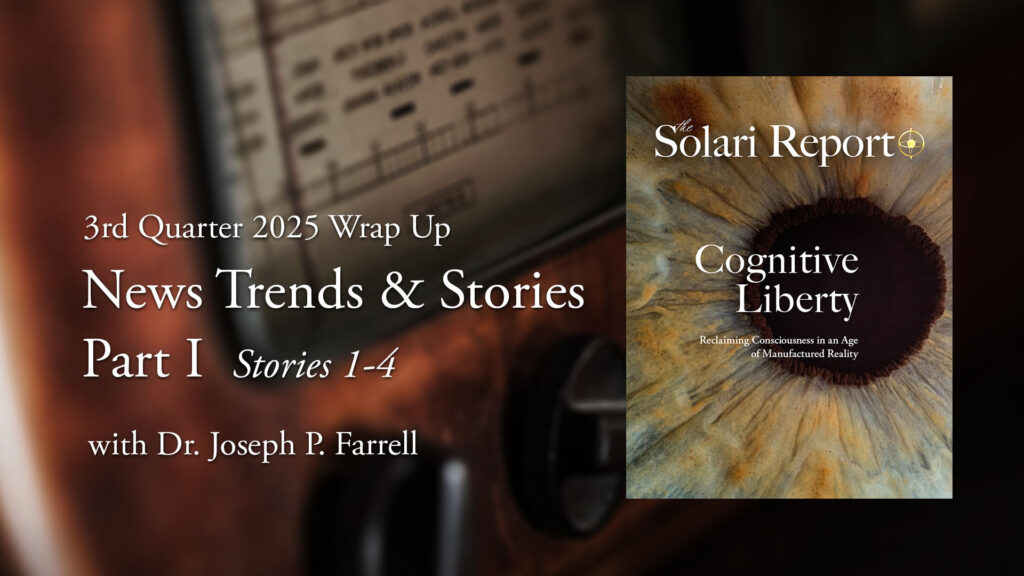
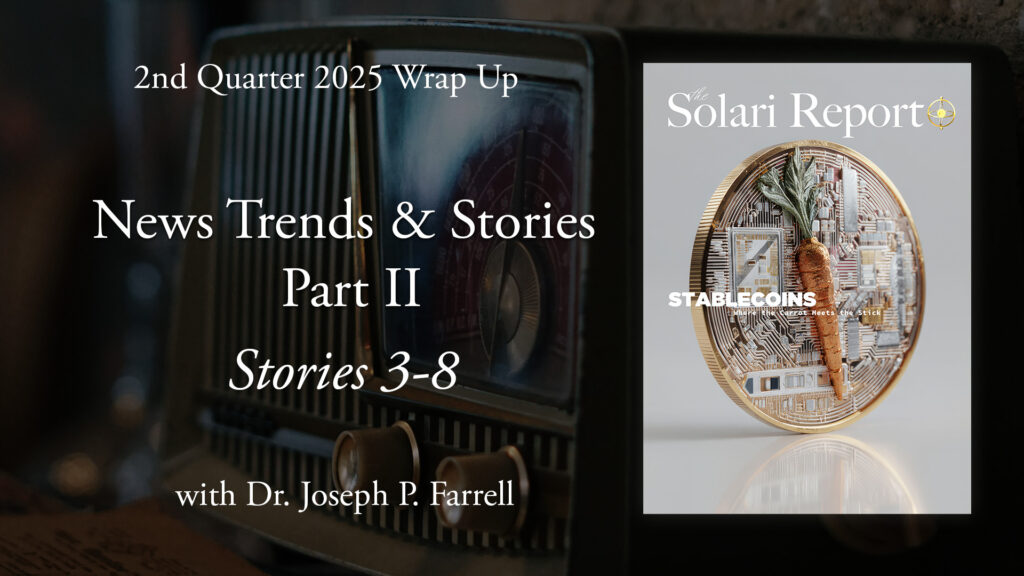


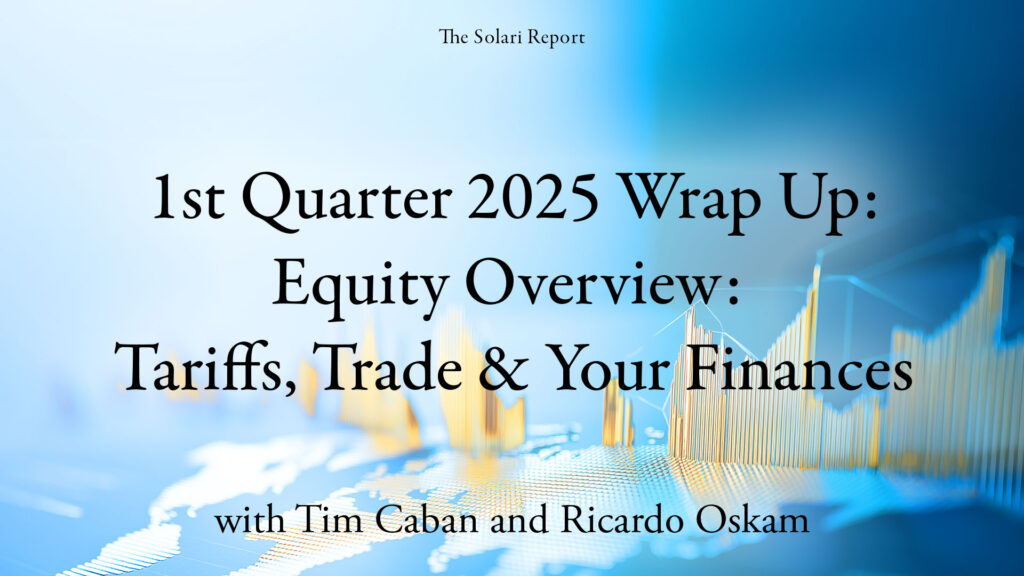

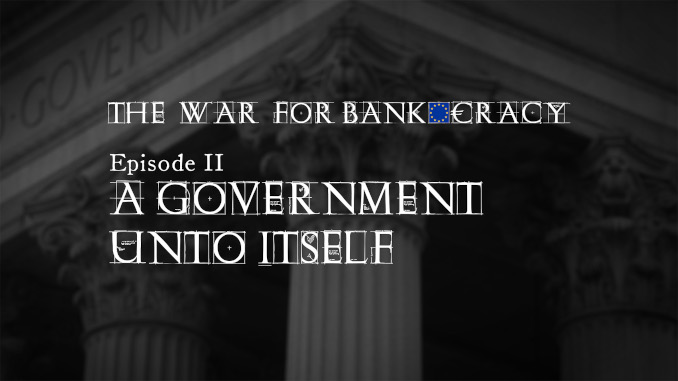

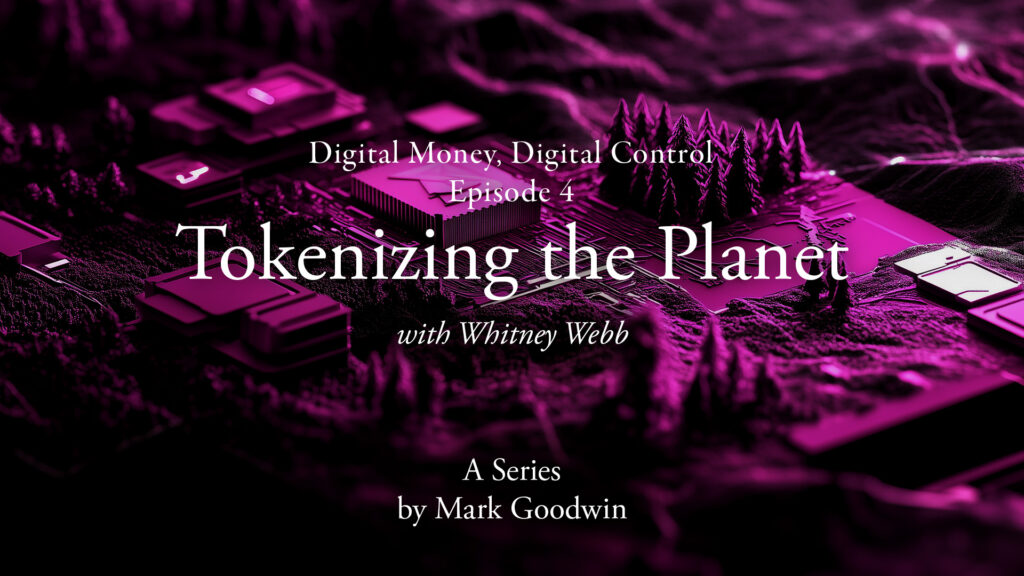
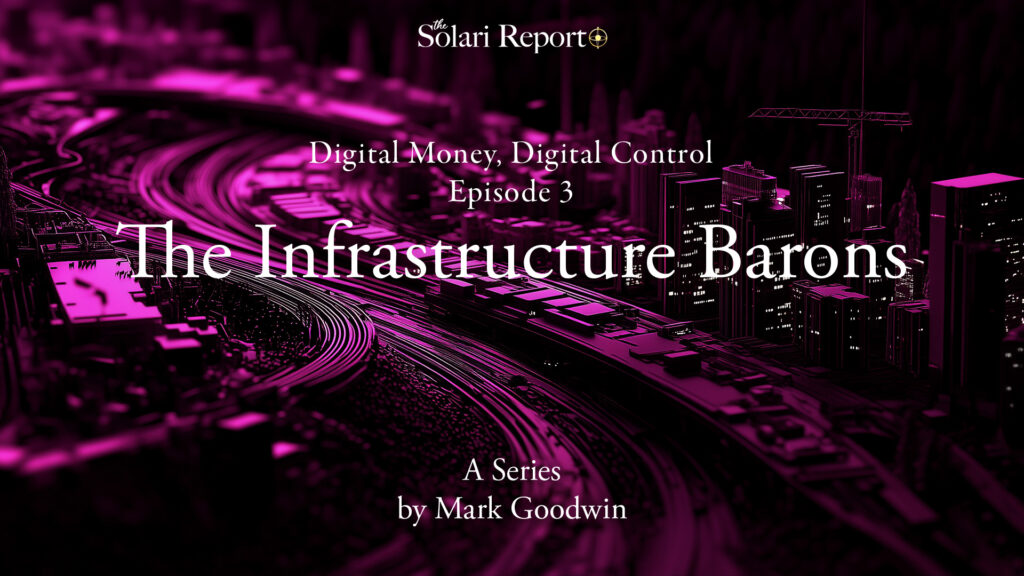
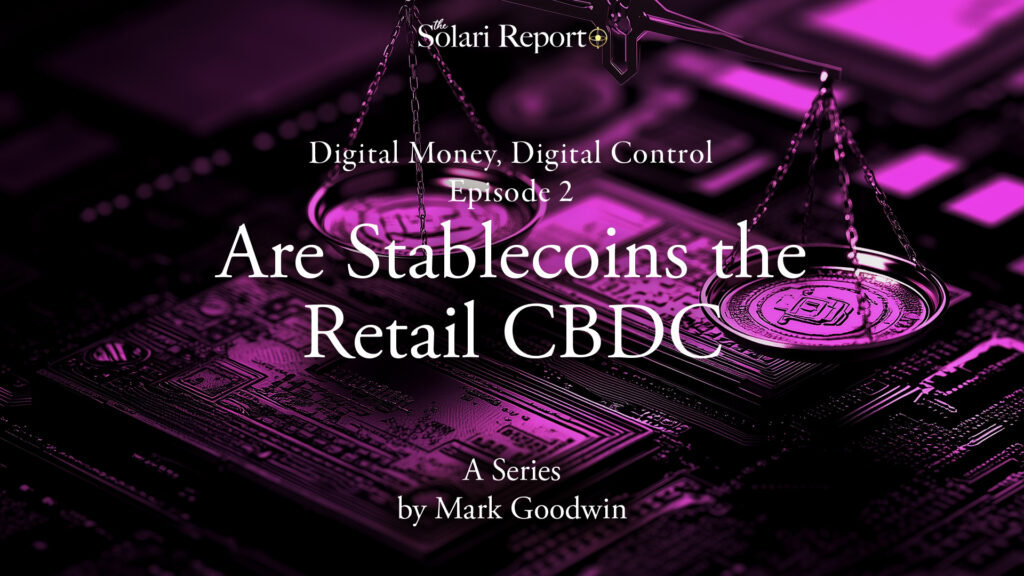
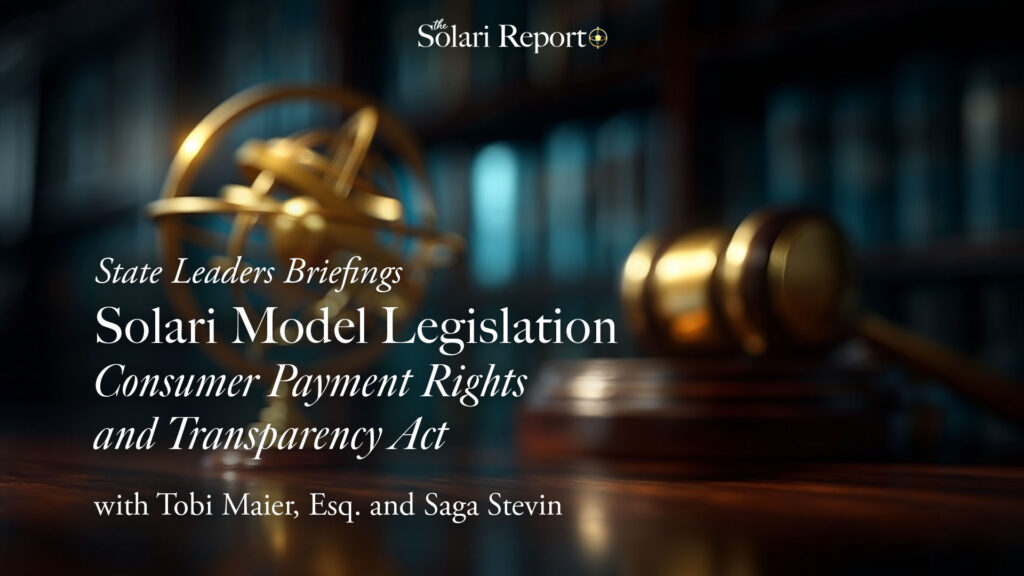
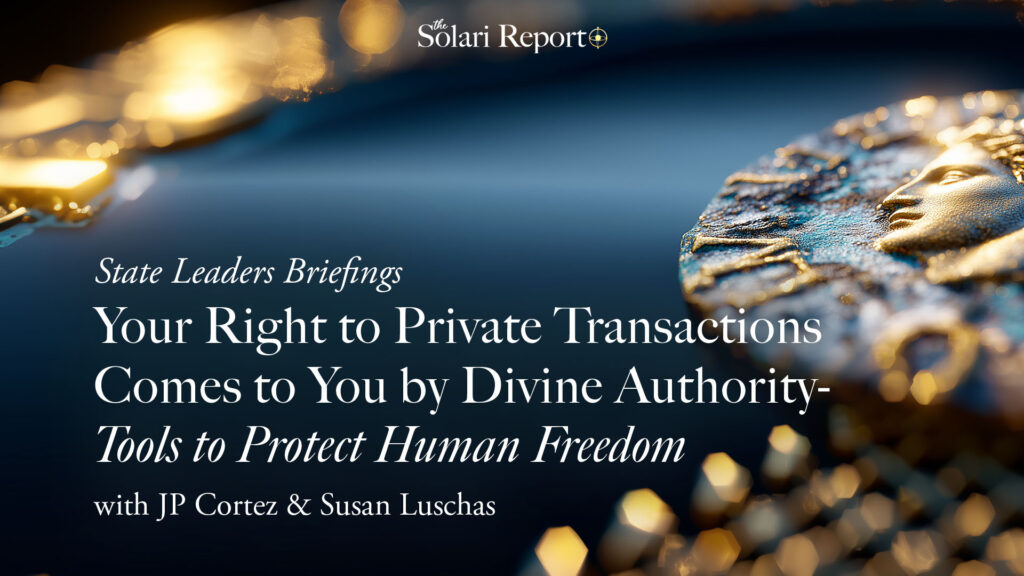
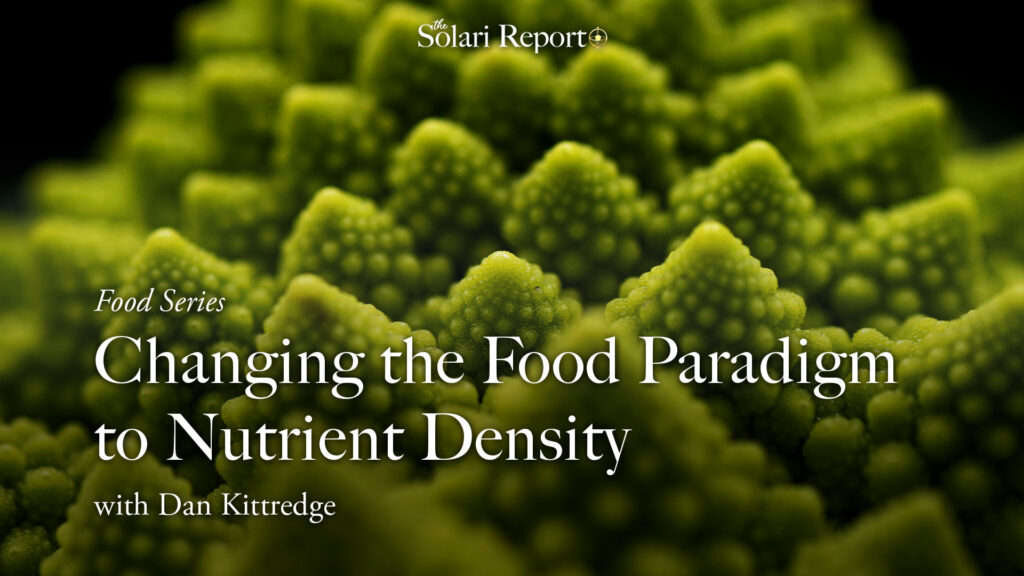
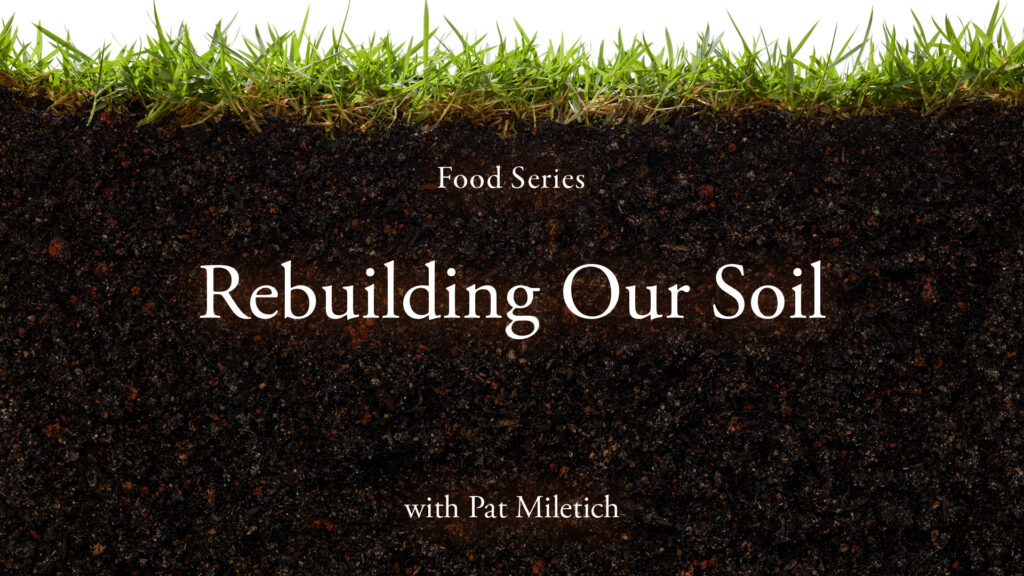



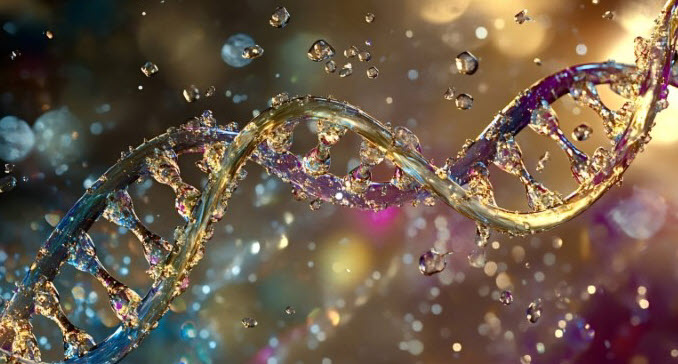


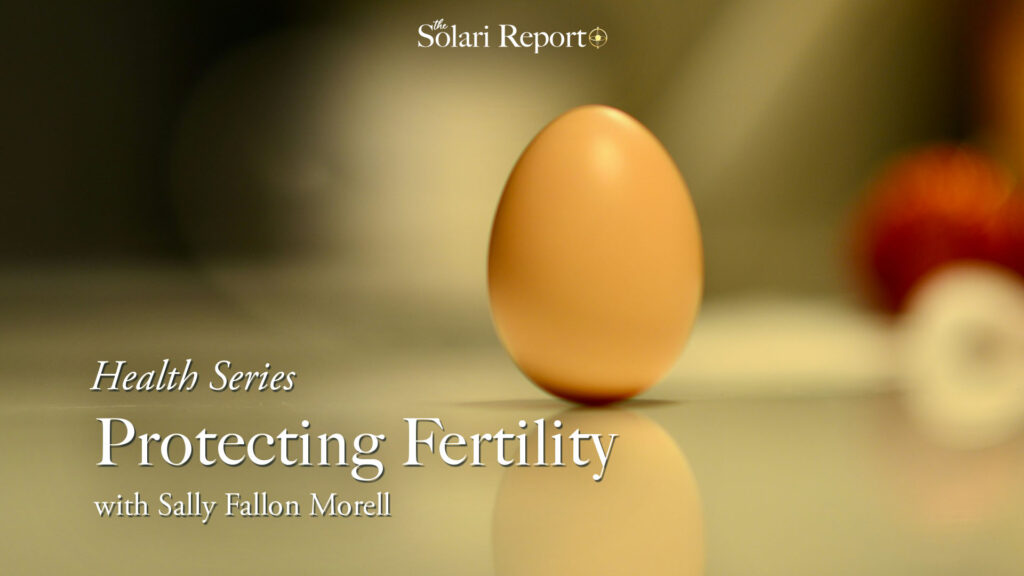
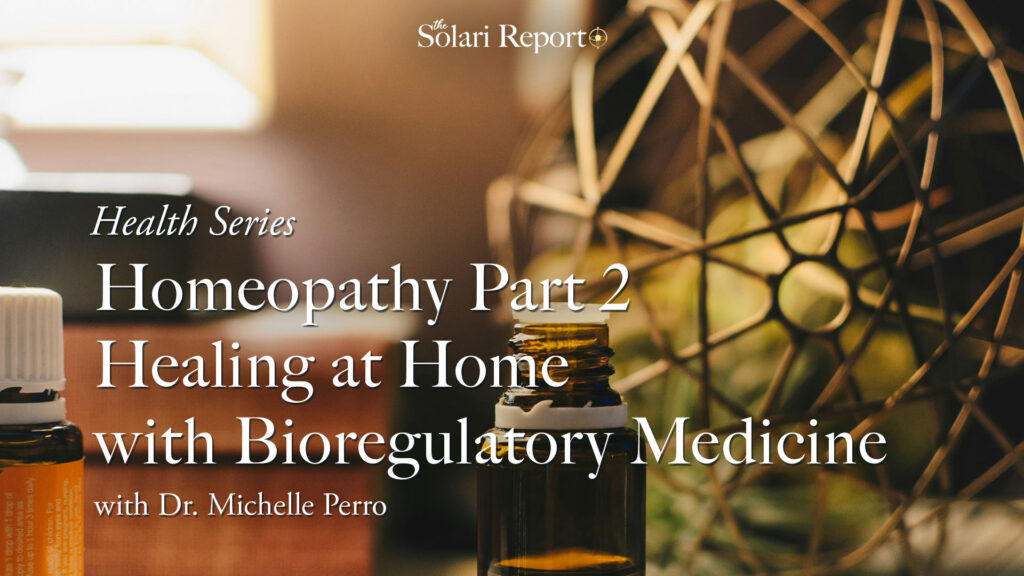


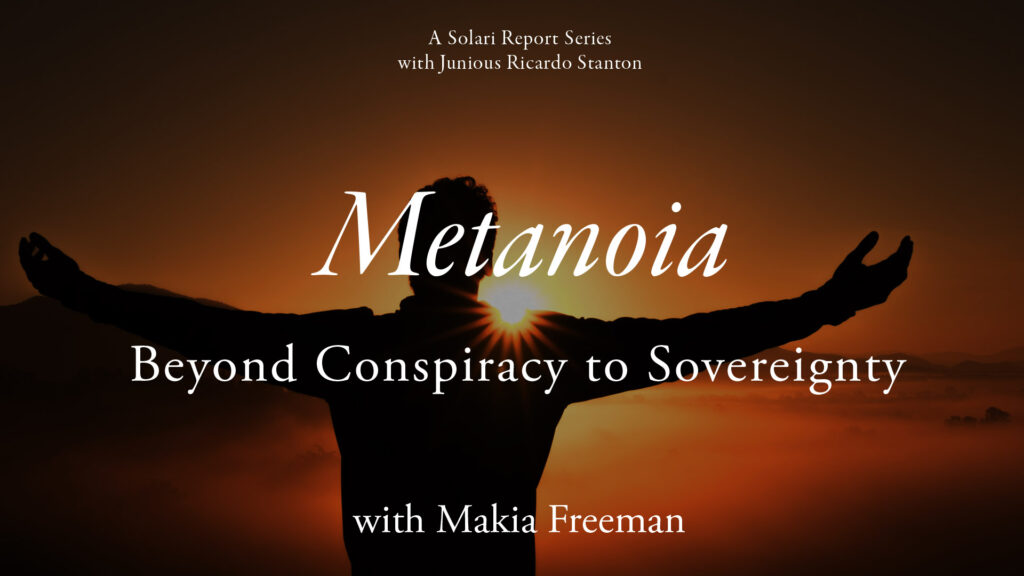
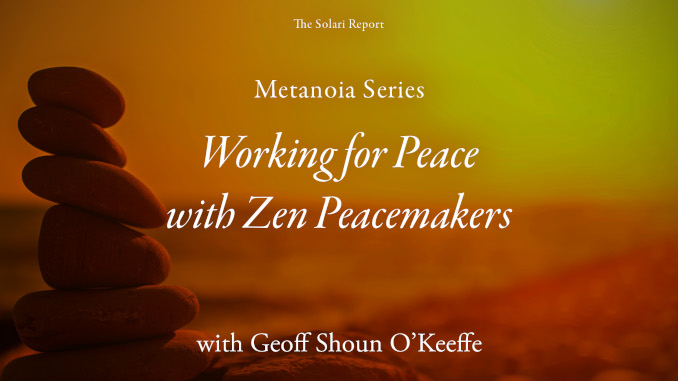



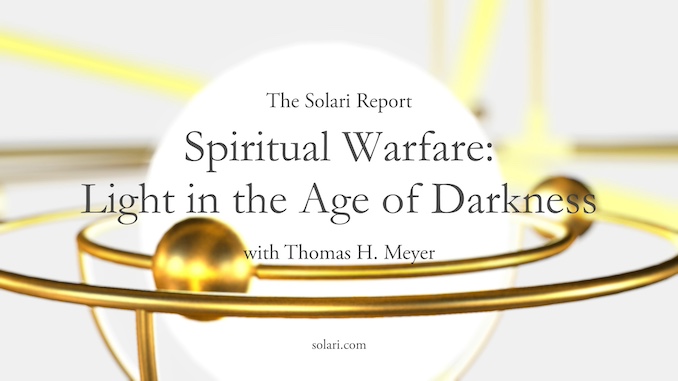

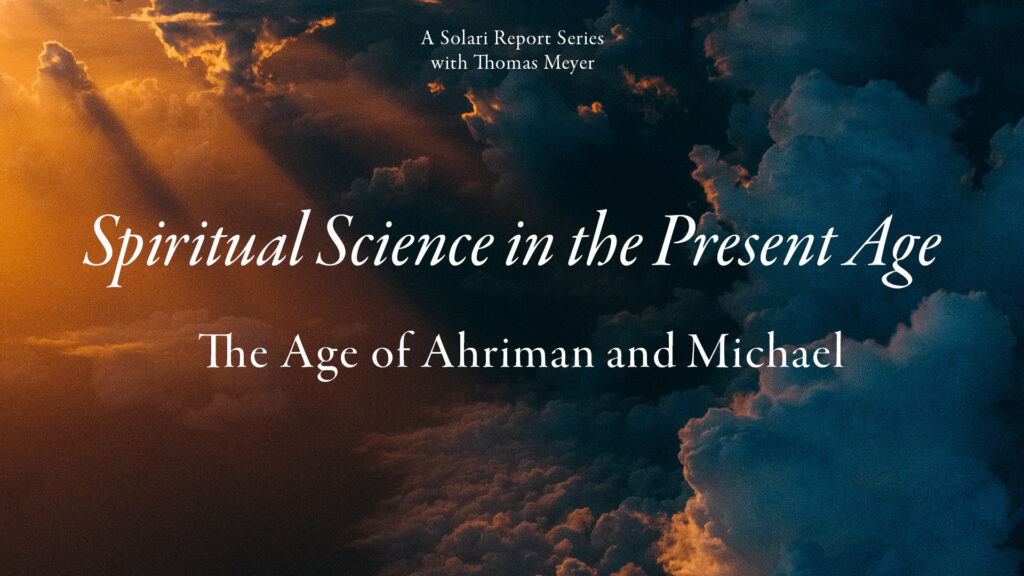
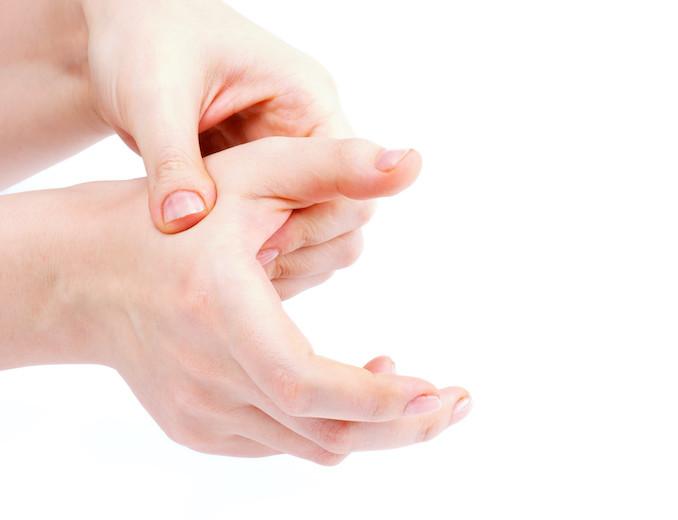

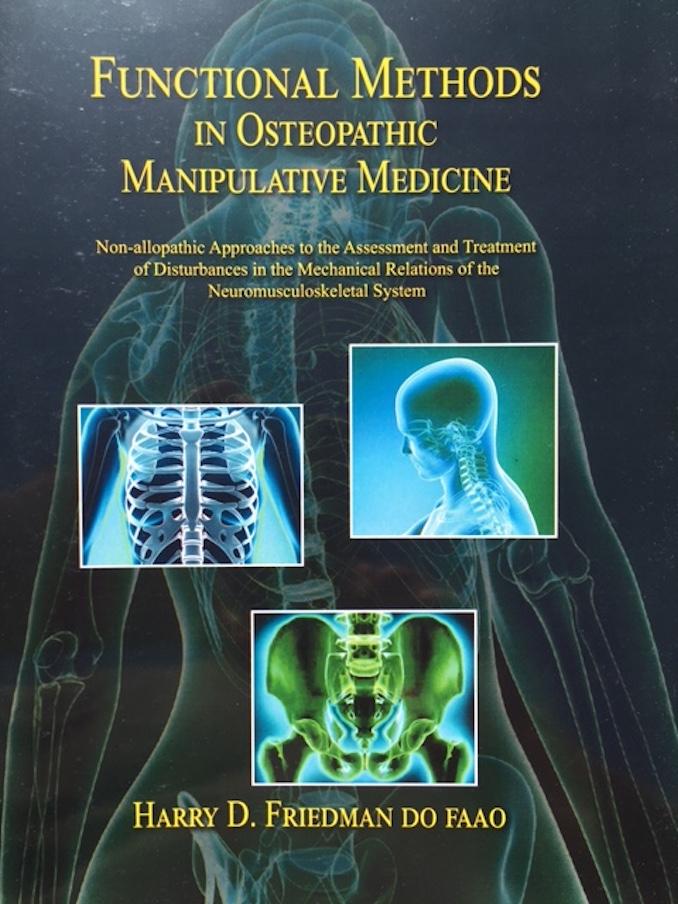













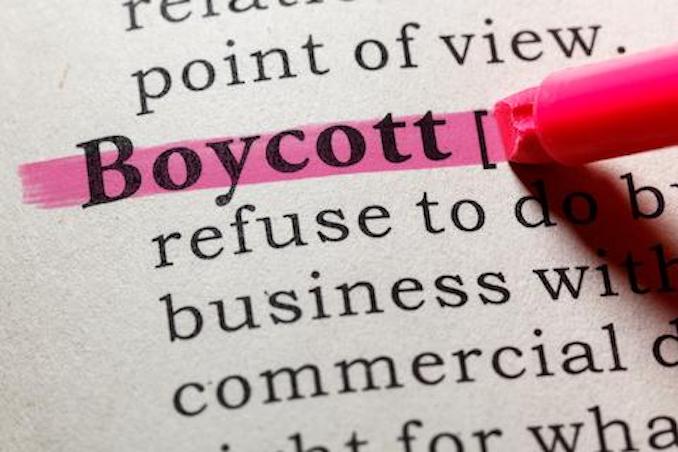

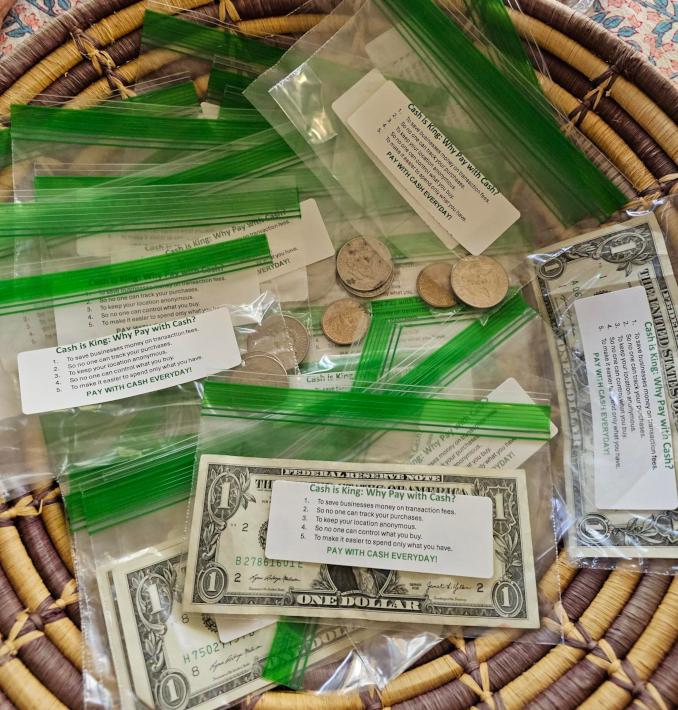





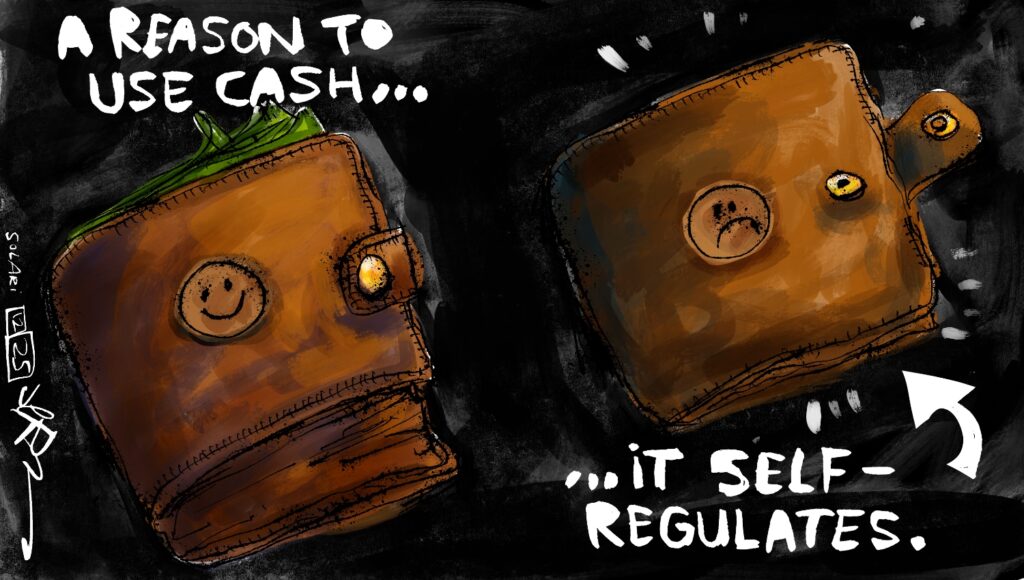





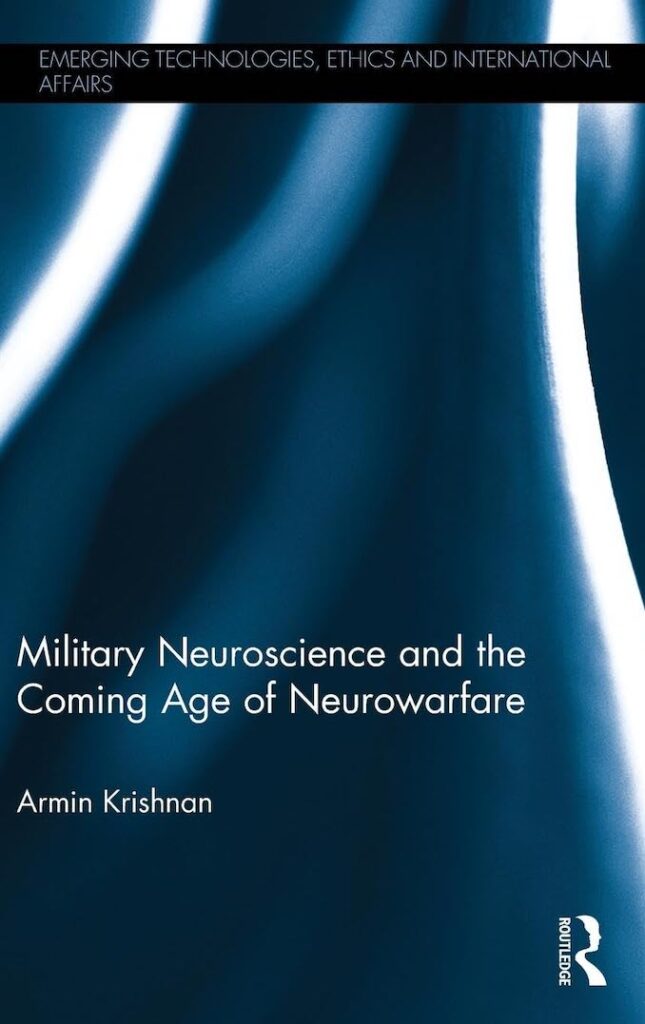







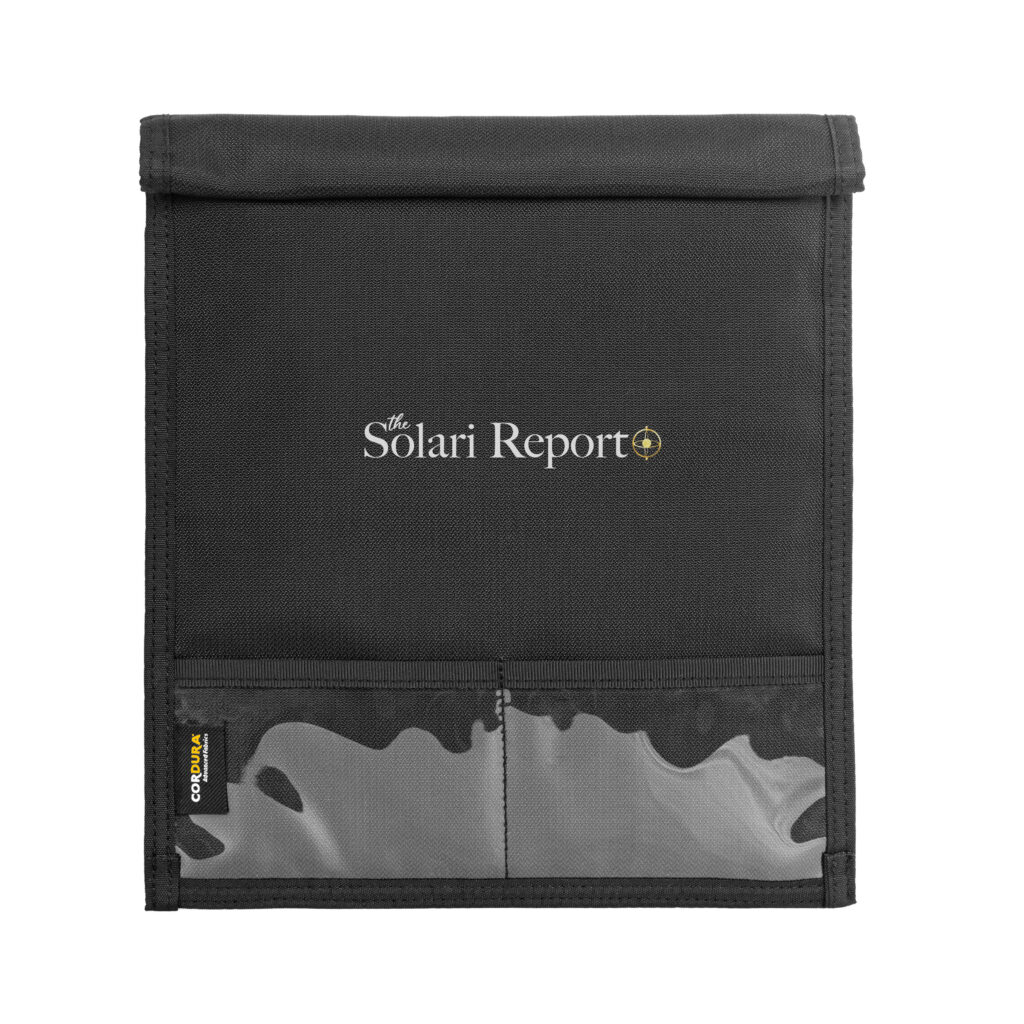
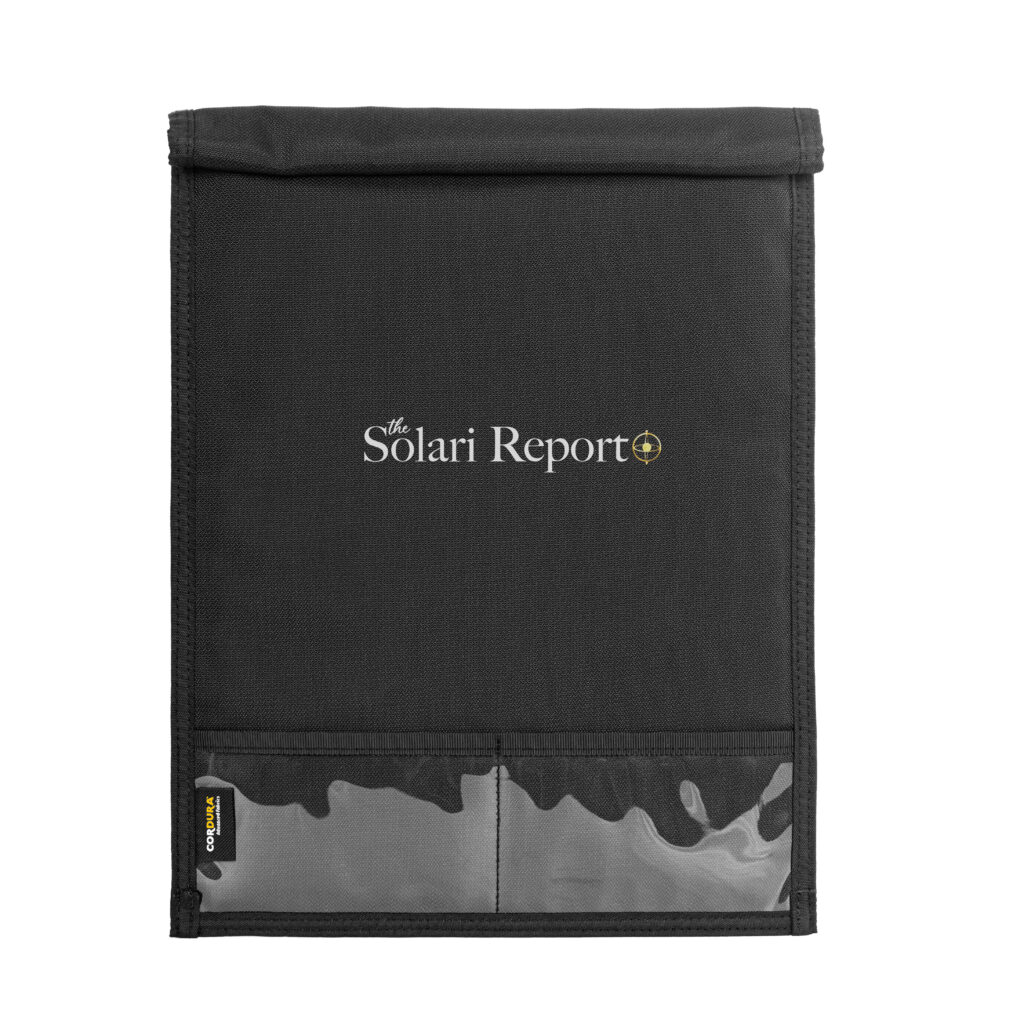
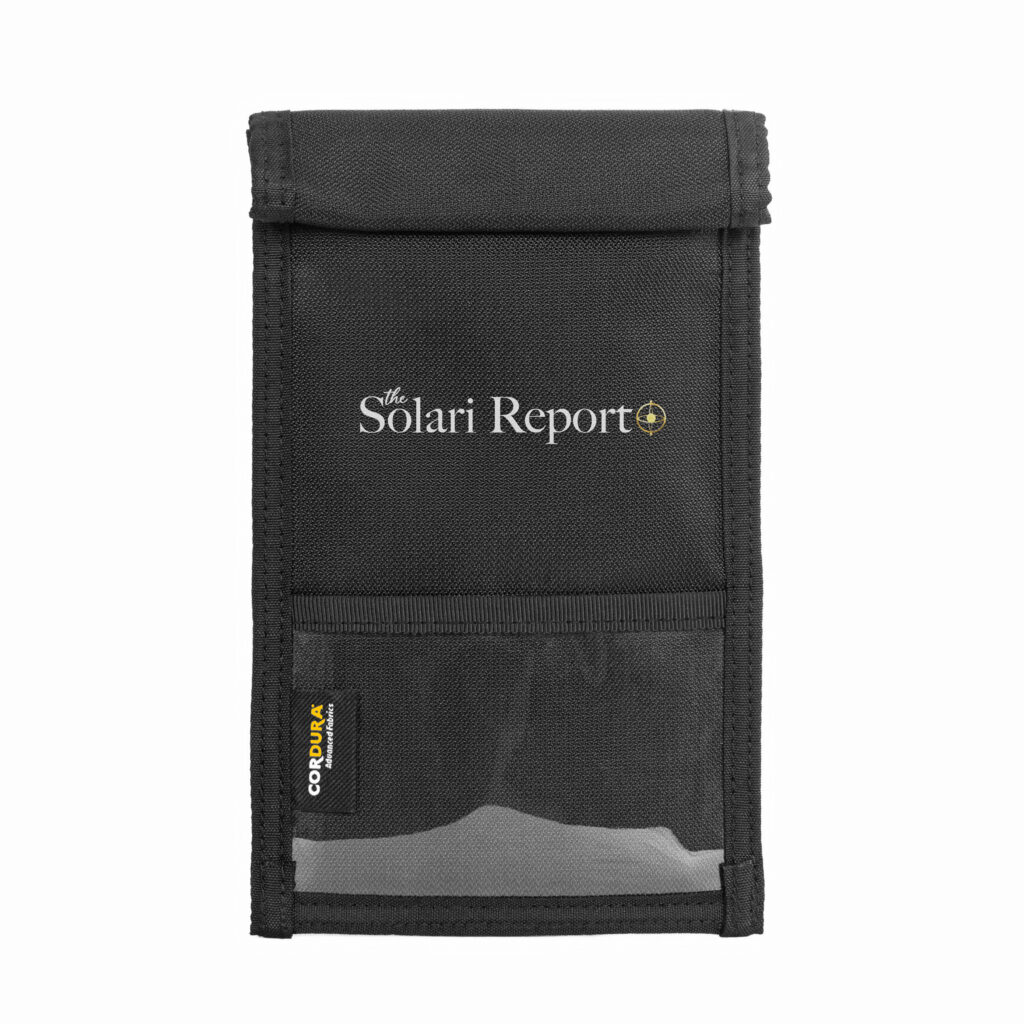


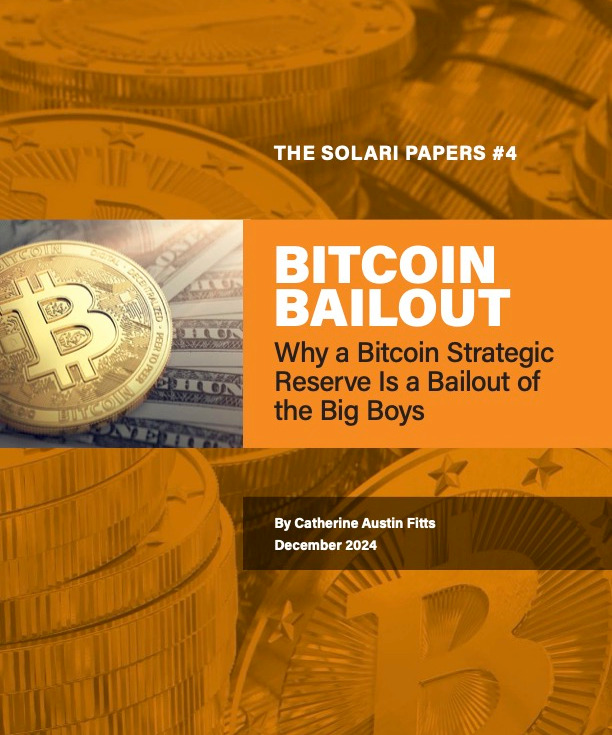
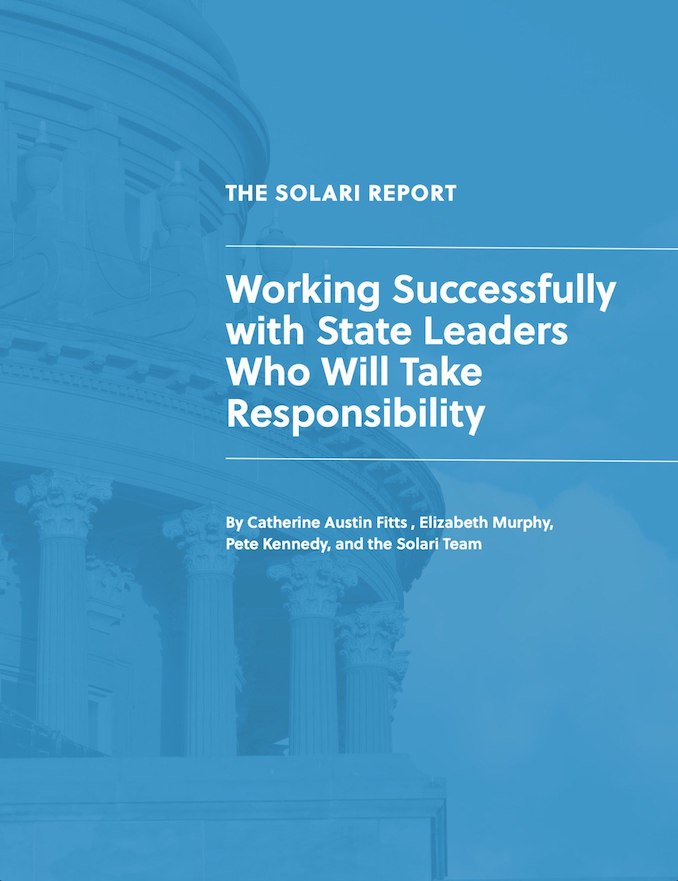
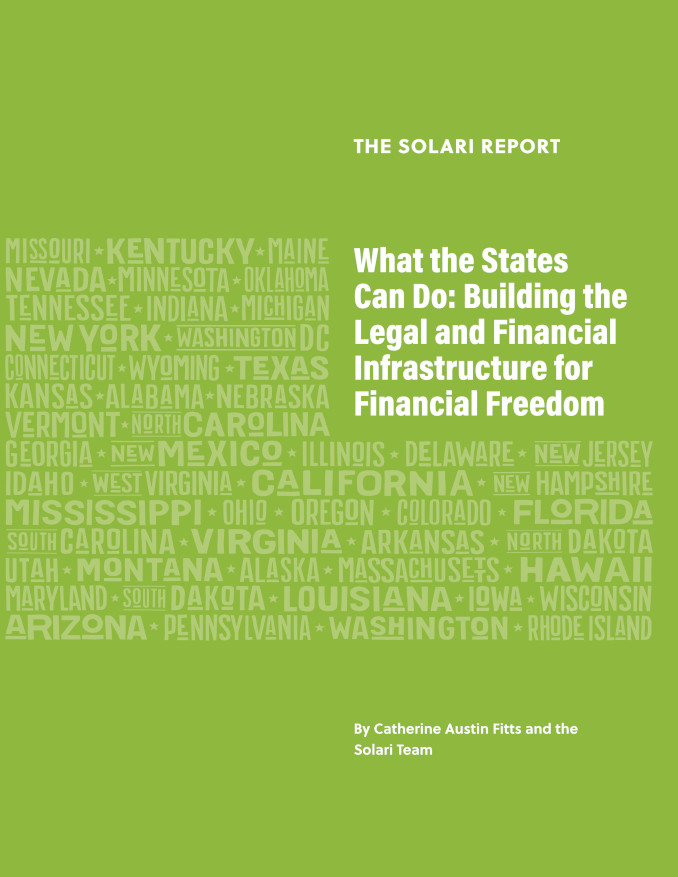

I have not read enough detail about 2030 to understand if the Dept of Energy can require me to upgrade my home structures..? Can they?
Recently the federal regulation about appliances seemed to be upgraded. Super useful details for any home owner and renters too! My city does require notifying buyers of the air flow condition of our home…Austin, TX. Charlie, Super discussion again!
Hey thanks very much, Brad! I appreciate your kind words. I don’t think you’ll have to worry about being forced to upgrade your home from an energy perspective. And I don’t think the Department of Energy would be the agency to mandate that. The energy efficiency of buildings is regulated by the states, in their energy codes. I could be wrong about the rackets’ plans, though.
To thoroughly weatherize an older home (pre-2000) can cost quite a bit of money. The good part about that is most of those efficiency measures don’t require any maintenance or replacement. But you can upgrade various appliances and systems as the older ones wear out pretty easily, by simply paying a bit more for the most efficient products available. For instance, given the choice and affordability, I would always choose a new variable capacity heat pump system for heating and cooling, even in the coldest climates. If you live in the northern part of the country, you’ll just want to buy a cold-climate system. You can tell which ones those are by looking at the heating capacity at 5 degrees F – it will be the same as the rated capacity, which is measured at 47 degrees F. Most manufacturers have a line that meets that specification.
I started participating in the federal energy efficiency standards process in 1990 and have lots of experience in creating appliance and equipment efficiency standards (including helping to design the public process that’s used to set those standards). And you’re right – they’ve been upgraded quite a bit over the years, and newer products are a lot more efficient than the older ones. In fact, short of the development of some radically new technologies, a lot of products (like dishwashers) just aren’t going to get any more efficient.
It sounds like the City of Austin requires a blower door test when the home changes hands. That’s good to know – it tells you how much air leakage a home has. You’ll want at least a third of an air change per hour. Any tighter than that and you may have indoor air quality problems, including the chance of growing some mold and mildew (which is partly why they require a test).
Thanks for weighing in, Brad. Charlie
The day after the “health emergency” ended in 2023, CDC set a target of 5 air changes per hour for infectious disease mitigation, which may apply to federal buildings in the event of a future emergency.
https://www.cnn.com/2023/05/12/health/cdc-new-ventilation-target/index.html
soy house insulation
https://www.nachi.org/soy-based-insulation.htm
Charlie! You hit on one of my pet peeves! Dryer Sheets. My life improved immensely when I discovered 100% Wool Eco dryer balls, the size of tennis balls but made solely of wool. Here is the link to what I found. http://www.friendsheepwool.com.
Note, I did find them on Amazon. Now, I have solved a great expense, horrible toxicity issues surrounding my clothes and rid myself of all the horrible scents these ghastly sheets try to smell like. I only have to run in the house when my neighbor with three children runs her dryer which is often because I can smell those blasted sheets from 30 feet as the scent drifts out of her garage man door to my side of the world. When you speak of small gestures we all can do, I can only imagine an entire town which ditches dryer sheets and what a positive impact that would have. Thanks again for a great chat. It’s clear you and Catherine are kindred souls! Looking forward to #4…Best!
My friend in NZ has sheep and had to throw away the wool as there is no market any more
I guess this is a guys vs gals thing. I personally have never used dryer sheets. Occasionally 1 is left in or there is residual in a dryer at the laundramat that I go to, and my shirts get too soft, T-shirts and underwear become scratchy and irtitating, and blue jeans and cotton Docker brand pants (slacks / khakis) and short pants are not stiff enough to look right and feel weird when I walk and won’t hold a crease. I just don’t feel the need to have any type of fabric softener on my clothes, either liquid in the rinse cycle or dryer sheets in the dryer. I’ve learned that a lot of you ladies like soft, soft, soft. And the perfumes in these products sometimes flare up my sinuses, plus I don’t necessarily want my clothes to smell like rose petals. I’m a guy. And this could be one of the reasons I’ve never married – dryer sheets and liquid fabric softeners. Over time several possible wives and I never agreed on these simple things, thus no walks down the aisle to the altar for me. ?
I have never heard of dryer sheets. I hate that stuff too. I make my own liquid soap scented slightly with essential oils which I use for washing clothes, dishes, floors, kitchens and bathrooms. Washing is dried naturally on a line.
I use dryer balls as well! Sometimes I out essential oils on them to add a healthy natural fragrance,
Ginger, I recently tried a few drops of lavender oil on the eco-wool dryer balls and you’re right…nice enhancement!
Nicely done, Cathleen! As it happens, a lot of those dryer sheet chemicals that you and I are responding to (and I have some of those dryer balls myself…) are also in a LOT of other products. Pthalates of many varieties are a major culprit. They’re endocrine disruptors, at the very least. Oddly enough, there’s an article in Apple News this morning about all of these products, so maybe the mainstream is starting to catch on. Charlie
Charlie and Catherin, thank you. I live in the south of the UK and we are going to put solar panels on the roof. What do you think. I know thst the pay back is a long way into the future. But electricity bills here in the Uk are very high and going higher so break even is in about seven years. I will also put in a battery for night time power.
I’ve always been a bit conflicted about solar PV, and especially when batteries are involved. Such systems do give you the ability to maintain some level of electricity use when the grid goes down, but the energy and materials footprint of the typical solar technologies used is quite large. The production of pure silicon (which is then carefully doped with some exotic materials) is highly energy intensive, and as is the production of the batteries. And then there’s the international criminality around the sourcing of the battery materials (typically lithium hydroxide). Sadly, by now we shouldn’t need all of this to generate electricity on site or at any particular electrical device, but that’s a separate topic – one that Catherine began exploring way back in 2011.
For now, having an array and storage big enough to provide the electric essentials (refrigeration, some lighting, and hot water) isn’t a terrible thing. Until we have better means, the grid isn’t a bad thing, when it’s there. It’s the electric grid that allows us to collectively use a lot less electric generation capacity than the sum of our individual peak demands (through the diversity of timing of those peak demands). It also allows people with solar PV generation to share that generation with others when you’re not using it – the same concept.
I have been thinking about solar panels and batteries for independence from power outages but have been trying to weigh up the environmental, cost benefit issues. I am also concerned about the electromagnetic dangers of having solar panels on our roof
Thank you both, once again an interesting conversation.
I will use the video to inspire family members to let go of their dryer sheets, paper towels, and household chemicals.
I would note an unmentioned source of great poisoning, water fluoridation.
The practice of adding (HSF) hydrofluorosilic acid to the water supplies in most American communities has been going on for 75+ years and is still strongly supported today by the ADA to reduce cavities. despite the science saying it is toxic, reduces IQ, etc.
The energy that goes into the water fluoridation process is immense.
HSF is waste from fertalizer/phosphate industry, trucked all over the country, added to water supplies and pumped to our homes and businesses.
I personally go to great lengths to get filtered water to drink that is free from this chemical.
Check out Fluoride Action Network.
https://fluoridealert.org/
Right on the money, Eric! Aluminum hexafluoride, a waste byproduct of the aluminum smelting industry, has been used as the additive in your toothepaste for a long time, too. I go to some trouble to avoid toothepaste that has any sort of fluoride in it, and I deliberately chose a community to live in that doesn’t fluoridate the water. This week’s Highwire episode was all about the fight against fluoride in our water and I think that may be coming to a head next year. One should ask our water suppliers why they’re willing to spend so much money to poison us all. There should be a nationwide movement everywhere to prevent the privatization of our water, too, which has been underway for many years now. I imagine getting the fluoride out of our water would be more difficult if our water supply isn’t publicly owned.
I’m glad my city of 50,000 is too poor to fluoridate the water supply. They barely keep up with chlorination. In fact I’ve gone out of town in the past for 2 or 3 weeks on business or pleasure. I come home to find mosquito wigglers (larvae) in my toilets. No mosquito swarms in the house, so had to come in with the water supply, which means the city did not chlorinate enough to keep the microscopic eggs from developing. Fortunately we have not had any outbreaks of typhoid or cholera, which is the main purpose of chlorination.
Great addition. Could not agree more!
Thank you both for an enlightening discussion. When we talk about environmental damage and energy, a pet peeve of mine has been the grid, it’s omnipresent and in your face. When you are looking at a beautiful scenery you see nothing but wires. We are using 1800’s technology to distibute our energy. Can’t we come up with better distribution methods? I have been looking for a viable technology to replace the grid but I have not found a source.
Hi, Dennis. You’re hitting on another very large topic that we haven’t delved into just yet. It’s actually possible to transmit energy without wires, but in truth, the only place we really need wires, in the longer run, is in limited circumstances within a building. I’m not as much of an expert on what’s called “zero point energy” (a term coined by Max Planck many, many years ago), but Catherine has interviewed people in the past who know a lot about it. I’ll let Catherine and Carolyn decide the timing of a conversation about that. The timing for that may be opportune during the next 4-5 months, as things are moving in that sphere right now. Until that technology is implemented, we’re stuck with the grid, I’m afraid, though here where I live a lot of it (in neighborhoods) is underground so it’s not a visual blight, and it’s not subject to the weather or other physical hazards. We would need a lot less of the grid if we get rid of the massive energy waste going on every day, much of it in service to poisoning us. Charlie
This series has been great. Thank you both.
I very much agree with Catherine’s description of the human/corporate hand in environmental poisoning. It is toxicity that is out of control. As to climate change, the human element is quite debatable – and should continue to be debated vigorously (with all due respect to Charlie’s opinion and especially for his amazing grasp, knowledge and insight on energy).
As far as I’ve been able to understand it, the universe, the galaxy and their cyclical electro-magnetic effects on our Sun, especially as it effects earthly EM forces and climate forcing, dwarf collective human energy abuse, be it wood, coal, oil, whatever.
The economic angle to the climate change debate is also very relevant. What is the one thing that perhaps can be controlled via any number of crazy (expensive) ideas? Carbon/CO2. Focus the blame it on that, unfurl the solutions and rake in the grants and possibly the biggest transfer of wealth yet – what a racket! But just one mega volcano or solar outburst would null all of it as the long term ice core/historical records show.
Better to spend those $$ to clean up the environment with smart engineering projects and incentives toward reducing demand an increasing efficiency. To paraphrase Bucky Fuller, this is where the rub always is: efficiency vs the $/power pendulum that creates scarcity and always seems to swing too far toward the latter.
Hello, Lucio. You’re correct about the large cosmic forces that impact the Earth and its climate, but the Earth also has a very large capacity, especially magnetic capacity, for deflecting or mitigating those impacts (which is one reason why life and adapted and flourished here over millions of years, through many, many of the cycles you mention. And while human impacts may seem small to many people, they’re not really – a tiny change of a tenth or hundredth of a percent, over a long period, multiplied times immense daily energy flows, adds up to major impacts.
The point I’ve tried to make here is that given the uncertainties involved in measuring these impacts, mostly due to the fact that our weather has been comprehensively engineered for decades now, it doesn’t make any sense to me to argue about climate change. The rackets are comprehensively poisoning us, as Solari has been exposing for many, many years now, and between that and the implementation of the control grid that’s rapidly accelerating, those issues are a far greater and more imminent threat to our future and our health. If we address those issues, as we must, soon, then most of whatever human impact on the climate may be would be a secondary concern, and might solve itself without any further attention. When society is swimming in a sea of lies and distractions, it’s difficult to parse the individual lies. Best to corral and disable the liars before we decide our next moves. Bucky Fuller also said, “All of humanity is in peril if each one of us does not dare, now and henceforth, always to tell only the truth, and all the truth, and to do so promptly – right now.” Charlie
thanks for the thoughtful reply, Charles! we can certainly agree on the awesomeness of Bucky (and his unique livingry language)! one thing i remember coming across was a graph showing that our protective magnetic belts have been weakening steadily since the 1859 Carrington event, with the process now accellerating, leading to, at some point a polarity flip, with the damage each time tbd? ie less solar/electro/magnetic activity causing more resultant change